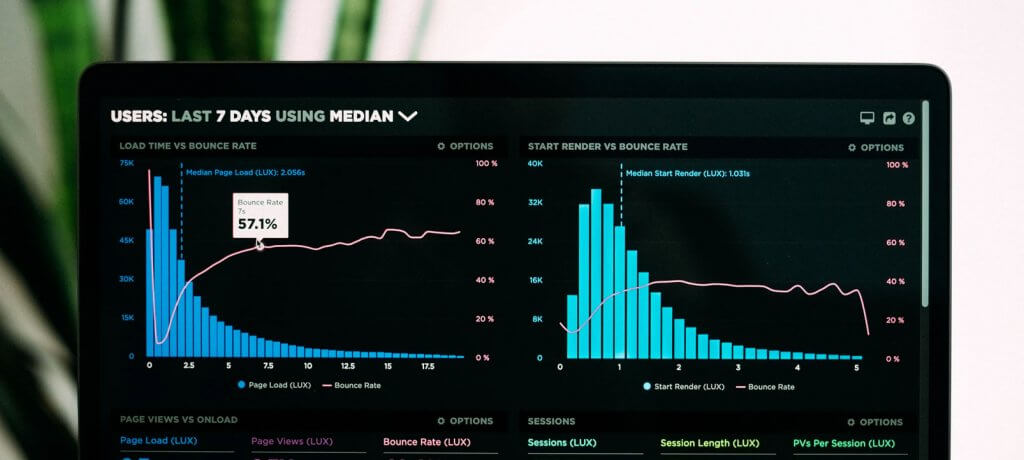Imagine how your customer experiences today differ from your experiences only a few years ago. Our interactions with companies, products, and services have changed considerably over a relatively short period of time. The standards of customer experience are changing rapidly, fueled primarily by technological progress.
More customers are stating that customer experience is a big part of how they make purchasing decisions. This means more of us are demanding better treatment and are willing to pay for it. It’s now time to shift from digital transformation to experience transformation.
At WilburFlow, we are passionate about helping companies grow and taking advantage of their employees' potential by becoming customer-centric and design thinking on a path of continuous learning.
We love trends in customer experience, even if we try to keep ourselves from trying to predict the future. Our ambition with these predictions is not to give a complete picture of everything that will be important in 2020 in terms of customer experience but to highlight five powerful trends that will have a major impact on many companies.
Customer experience will continue to grow, change, and evolve, but what will happen in 2021?
Understanding changes in customer needs and expectations and acting on those insights is the key to success in today’s dynamic experience economy. So let’s take a moment and talk about how the customer experience field will evolve in 2020.
1. We will continue to move from creating occasional positive experiences to taking care of the entire customer journey

It will become more important to understand and measure the value of investments in customer experience and the ability to provide personalized interactions at scale. It is not just delivering one-off experiences that get lots of attention but rather becoming an organization that can meet expectations every time.
2. We will start delivering an improved customer experience through trust and transparency

Transparency in the digital age is one of the most important and pressing customer experience trends. Being highly transparent in terms of advertisement, pricing, business practices, etc., can help build and maintain trust with your consumers.
3. AI Bots are going to play a bigger part in your digital customer experience

We can expect increased adoption of virtual assistants and it will soon become the primary channel of self-service.
Chatbots provide two main advantages over chatting with a human: speed and availability. But contrary to popular belief, virtual agents aren’t about to replace humans in front-end operations. With the help of AI and chatbots, human customer service agents can save time and effort, become more productive, and focus on being a source of revenue rather than being a cost center.
We should perhaps add that chatbots are more than just customer service tools. Chatbots can be great for marketing and sales as well as be integrated with social media channels to automatically respond to direct messages from consumers.
Even though bots are becoming a bigger part of customer interaction, what matters is creating frictionless experiences from the customer’s perspective. Therefore it's also critical you focus on identifying when a customer needs help or needs to decide on something, and based on that need, take care of the customer the right way. When a customer needs human help, they must get it.
4. We will see more hyper-personalized experiences

Big data and companies' improved ability to capture, use, analyze, and draw insights through the data will enable companies to target customers in real-time and take personalization to the next level.
Personalization is the key to customer experience. According to Accenture, 75% of consumers are more likely to purchase from a company that knows their name, purchase history, and/or recommends items based on their purchase history. But it doesn’t stop there; according to a study by VentureBeat, 77% of digitally exposed consumers expect a super personalized digital experience. Consumers want the services and experiences customized according to their needs, preferences, and requirements
Extreme personalization or hyper-personalization will be the main focus for many brands in 2021 and beyond.
5. We will get better at integrating customer experience metrics in our KPIs and show experience related business results

We will get better at integrating experience data operational data swell as using those insights to create better products and services.
Given that we are facing tougher times, ROI will dominate the discussions, and proving the benefits of investing in customer experience will be increasingly important.
On top of that, 2021 will hopefully be the year when we finally figure out who’s responsible for delivering on those customer experience KPIs. A new set of senior customer experience job titles has appeared
The big picture:
Some of these trends, such as personalization, have been around in some form or other for quite some time and will continue to be so. But all are important for companies that wish to remain relevant in the eyes of their customers.
We live in a rapidly changing world where digital transformation is forcing companies to change their business models and adapt to the new market reality. But it’s not companies that are driving this change; the customer is driving it. Investing in customer experience is a question of survival for many companies.
To address their customer experience challenges companies should adopt a unified customer experience strategy and apply design thinking over sales, service, and marketing to redefine technology and business processes.
Companies must also identify user narratives across the customer lifecycle by strengthening customer relationships, driving loyalty, and focusing on top-line improvements by creating a seamless and simplified experience.
Yeah, and don´t forget to smile, it looks good on you!
/ Joacim Alm
Founder of WilburFlow
